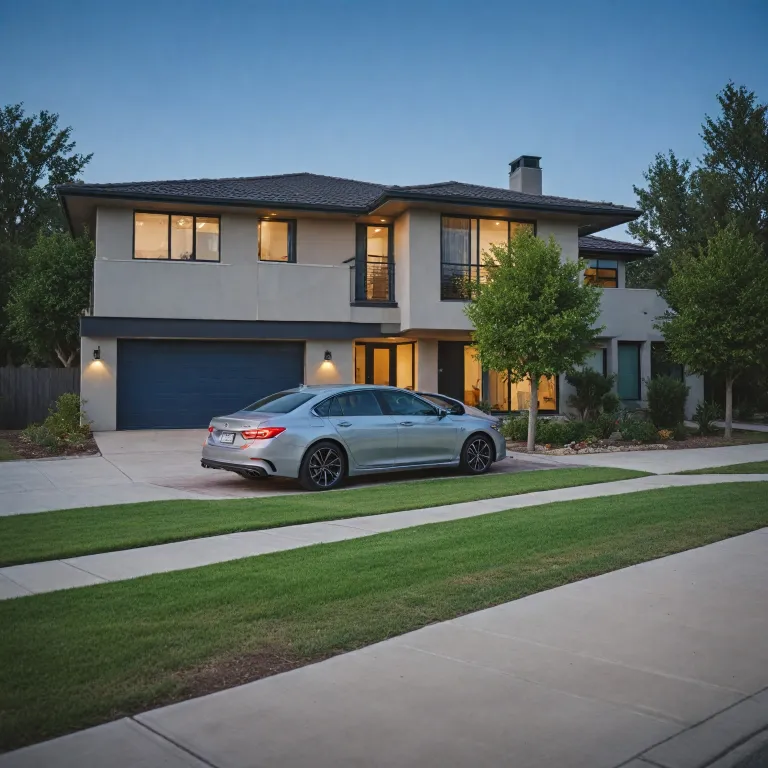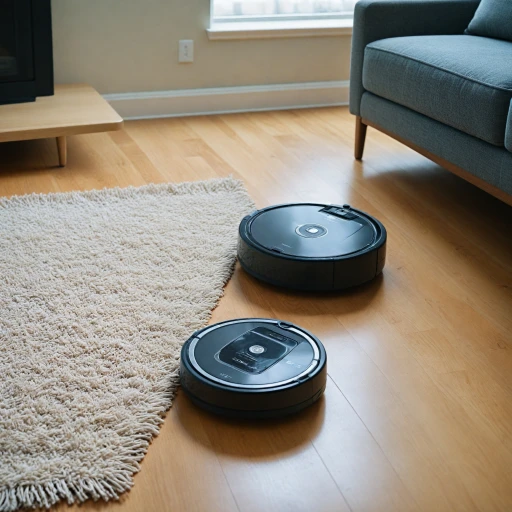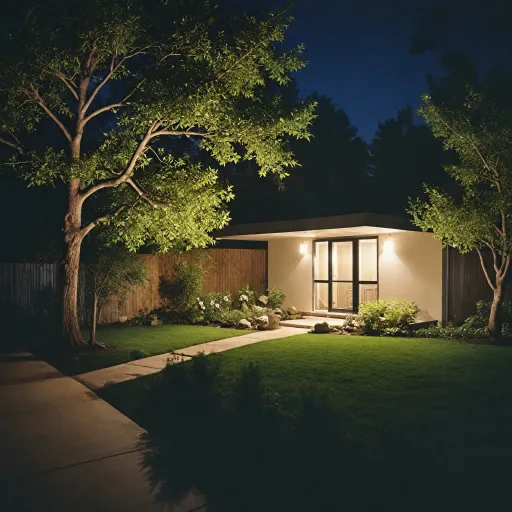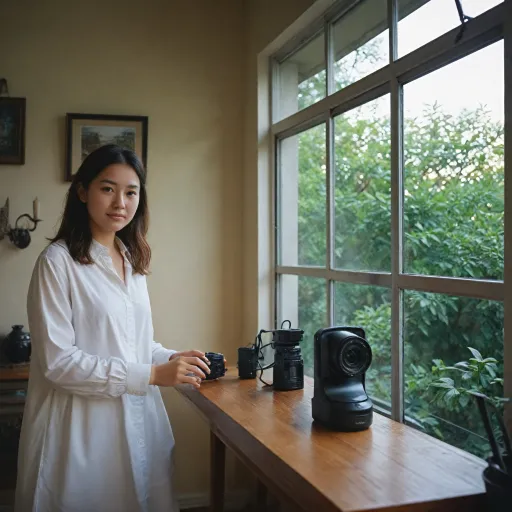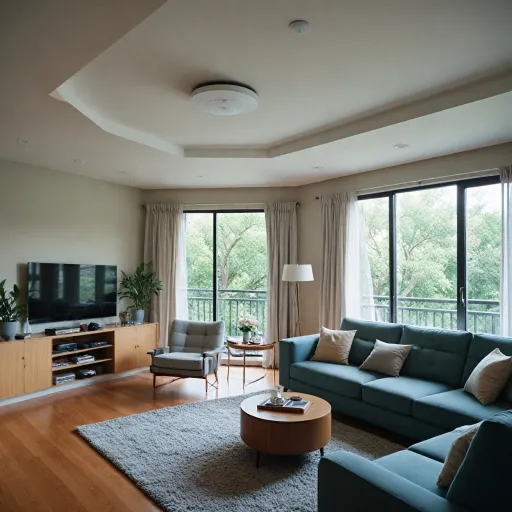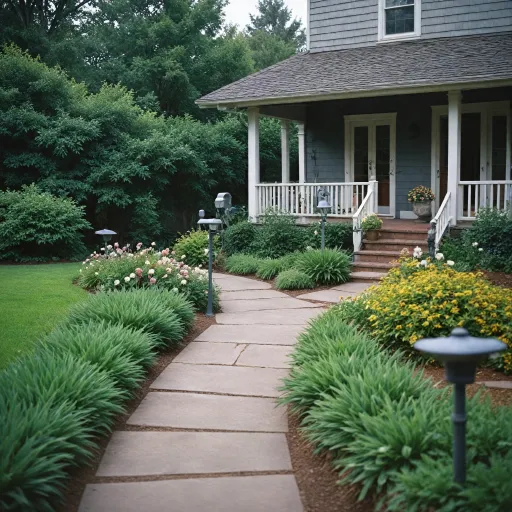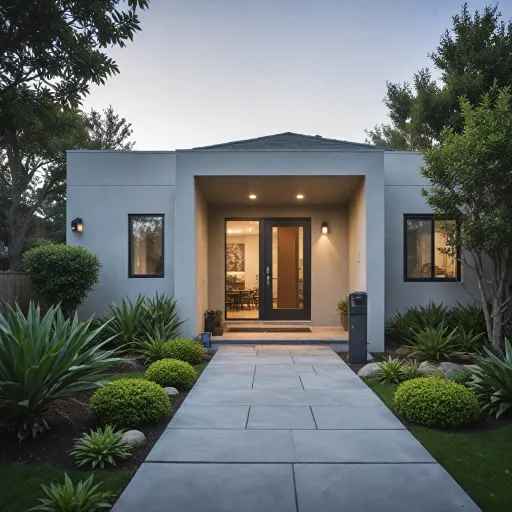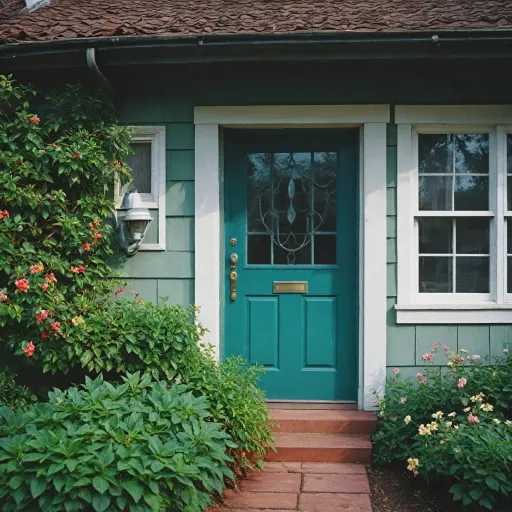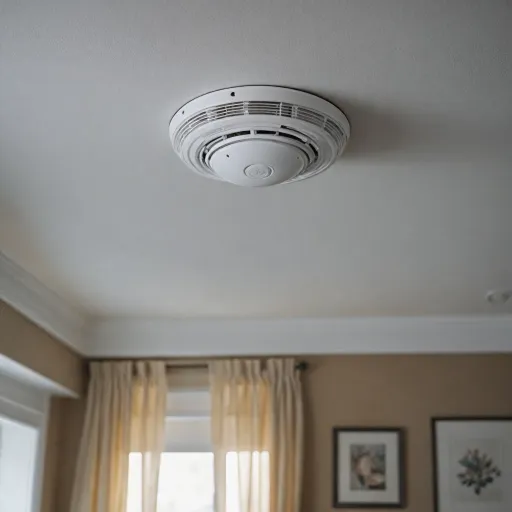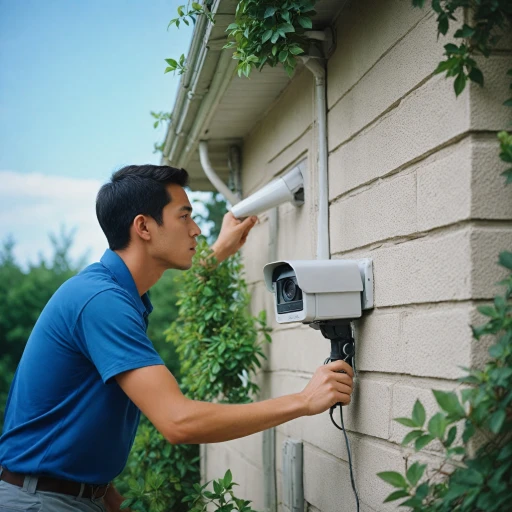
Understanding License Plate Recognition Technology
Exploring the Basics of License Plate Recognition
License Plate Recognition (LPR) technology is advancing rapidly, allowing home security systems to capture and process vehicle information efficiently. LPR, sometimes referred to as Automatic Number Plate Recognition (ANPR), involves using a security camera or a network of cameras to identify and record license plate numbers. As vehicles pass by the camera, an optical character recognition system analyzes each plate's image in real time, converting it into usable data. LPR systems are particularly beneficial in distinguishing and recording vehicle information for various security applications. These systems, commonly used by law enforcement for traffic monitoring and toll collection, have found their way into residential settings due to their ability to provide continuous, unblinking surveillance.Understanding the Mechanism Behind Plate Recognition
Both LPR and ANPR cameras utilize sophisticated technology capable of reading and recognizing characters on a vehicle's number plate instantly. This often comprises a combination of high-speed cameras and advanced software. The software component handles the preprocessing of images, detecting plate boundaries, and extracting characters which are then converted into digital data. This data can be used for numerous security purposes—from monitoring entry and exit to interaction with access control systems. Additionally, these cameras can be integrated with security network systems to provide ongoing video surveillance, raising the bar for home security strategies. As part of a comprehensive security strategy, LPR cameras are designed to detect and process plate numbers even under challenging conditions such as low light or high-speed traffic, which traditional security cameras often struggle with. One key aspect of exploring this technology is its application in residential areas, where privacy and legal considerations are paramount. As these systems gain popularity, it's crucial to stay informed about local regulations to avoid any infringement of privacy laws. For those interested in further enhancing their home's security capabilities, considering complementary technologies such as Erie Hall surveillance cameras might be insightful.Benefits of Using License Plate Cameras at Home
Advantages of Plate-Recognizing Security Systems
Incorporating license plate recognition cameras into your home's security framework presents numerous advantages, elevating the overall safety and functionality of your residential space.
- Enhanced Vehicle Monitoring: With ANPR systems, you can effectively monitor and log the entry and exit of vehicles in real time. This technology not only boosts neighborhood security but also provides valuable insights into traffic patterns around your residence.
- Detailed Video Evidence: License plate cameras excel at capturing high-quality images and video footage, crucial for identifying vehicles involved in suspicious activities. Such information is invaluable for law enforcement and insurance purposes.
- Automated Access Control: These systems offer automated solutions, granting or denying access based on registered vehicle plate numbers. This capability significantly enhances the efficiency of gated communities or properties with restricted access.
- Linkage with Traffic and Surveillance Networks: Integration with broader security networks, including traffic or toll collection systems, allows for seamless data sharing, potentially aiding in the quick resolution of crime or security incidents.
- Scalability and Versatility: LPR cameras can be adapted to serve various needs, from personal household access control to comprehensive neighborhood security monitoring, offering flexibility and scalability.
Exploring further, ANPR cameras provide a technologically advanced solution compared to traditional security measures, bridging gaps in both security surveillance and automated recognition systems. For homeowners curious about the complexities of integrating such a robust system, a closer look into this article about hidden cameras may offer additional insights into the diverse applications of cutting-edge security technology.
Installation Considerations for Home Use
Setting Up and Installing LPR Cameras for Residential Use
When planning to enhance your home security with Automatic Number Plate Recognition (ANPR) systems, proper installation is key to maximizing the functionality of license plate cameras. This involves several considerations, mainly related to positioning, network integration, lighting, and more.
- Optimal Positioning: To ensure accurate plate capture, place your ANPR cameras where they can have a clear line of sight of the areas leading up to your driveway or entry points. Position them at a level that allows capturing clear images of the license plates without obstruction from vehicle headlights or weather conditions.
- Network Integration: LPR cameras require a reliable network connection to transmit the collected data. Ensure that your existing network infrastructure supports the real-time and high-volume data transmission required by these cameras for effective license plate recognition.
- Lighting Considerations: Good lighting is crucial for high-quality video captures and plate recognition, especially at night or in low-light conditions. It may be necessary to invest in additional lighting solutions or use cameras equipped with infrared or night vision capabilities for enhanced plate camera performance.
- Security and Maintenance: ANPR systems, being technologically advanced, might need regular maintenance checks and software updates to function correctly. Protect your cameras from potential vandalism by mounting them securely or considering a dome camera for added defense.
For those installing these systems for the first time, consulting with a professional might be beneficial to ensure all installation aspects align perfectly with your security needs. These might be more technologically demanding compared to traditional security cameras, so having expert guidance could be invaluable. Learn more about optimizing your camera setup with the right CCTV camera cables to ensure proper connectivity and functionality.
Privacy and Legal Considerations
Balancing Legal Constraints with Home Security Needs
When using license plate recognition technology at home, it's essential to consider the intricate web of privacy and legal implications involved. While these systems offer enhanced security features, improper use can lead to unintentional breaches of privacy and legal entanglements. Understanding Privacy Concerns Automatic number plate recognition (ANPR) systems capture and process video footage in real time, identifying license and number plates with precision. However, this capability can pose privacy challenges, especially if the systems inadvertently capture neighboring properties or public areas. Regulations vary depending on your locale, so it's crucial to be aware of local laws governing video surveillance and data protection. Adhering to Legal Requirements To ensure compliance, it is necessary to adhere strictly to applicable laws and regulations regarding video surveillance and data handling. For instance, certain jurisdictions may require warning signs to inform individuals that they are being recorded by ANPR cameras. Furthermore, the storage and handling of captured vehicle images and plate numbers must comply with privacy and data protection laws to prevent unauthorized access or misuse. Responsible Use and Implementation Adopting policies for responsible usage and installation of these systems can mitigate potential legal issues. Consider using security cameras that limit the scope of surveillance to only the necessary zones around your property. With dome cameras and other plate capture technologies, it's possible to focus strictly on entrances without encroaching on public spaces or neighbors' properties. An understanding of these boundaries will aid in fostering a more secure and legally compliant environment for your home. Remember, the value of a security system is not solely in its technological capabilities but also in how responsibly it's employed within legal frameworks.Comparing LPR Cameras to Traditional Security Cameras
Comparative Insights: License Plate Recognition vs. Traditional Security Cameras
When considering home security options, it's crucial to understand the differences between license plate recognition (LPR) cameras and traditional security cameras. LPR cameras, equipped with advanced recognition algorithms, are designed specifically to identify and capture clear images of license plates and numbers in real time. This specific function can provide enhanced security capabilities for monitoring vehicles and managing access control. Traditional security cameras, such as dome cameras, primarily focus on overall surveillance and deterrence. They are excellent in capturing a wide view of areas and providing general home security footage. However, they may lack the precision and functionality of LPR cameras when it comes to tracking vehicle movements through plate recognition systems. One of the significant advantages of using LPR cameras is their ability to track vehicle speed and traffic patterns. This feature makes them highly effective for areas where vehicle monitoring is a priority, such as gated communities or driveways. In contrast, traditional cameras are more suited for broader surveillance tasks like monitoring gardens, front doors, or indoor spaces. Another aspect to consider is the integration with other systems. LPR cameras can be seamlessly integrated with advanced systems like automatic number plate recognition (ANPR) and access control networks. This integration enables real-time video analytics and character recognition, enhancing the overall security framework. Ultimately, the choice between LPR cameras and traditional options depends on your specific needs. If vehicle monitoring and precise capturing of number plates are essential for your home security, LPR cameras stand out as a clear choice. For general security coverage, traditional cameras might be more suitable, offering a wider lens for everyday monitoring purposes.Choosing the Right LPR Camera for Your Needs
Evaluating the Best LPR Camera for Your Needs
When selecting the ideal license plate recognition (LPR) camera for your home security, it’s important to consider a few critical aspects. These factors will ensure that your investment enhances your security system effectively.- Resolution and Image Quality: High-resolution cameras are essential for accurately capturing license plate numbers, especially in challenging lighting conditions. Look for cameras that offer sharp, clear images to ensure precise plate capture and optical character recognition.
- Plate Capture Range: Consider the distance at which the LPR camera can reliably recognize and record vehicle plates. The effectiveness of plate recognition systems often depends on the distance between the vehicle and the camera.
- Network Capabilities: ANPR cameras should seamlessly integrate into your existing home network, allowing for real-time video monitoring and data storage. Ensure compatibility with your current security systems for smooth operation.
- Weather and Durability: If your LPR camera will be placed outdoors, select one that is weatherproof and can withstand harsh environmental conditions. This ensures that your security is uninterrupted, regardless of weather changes.
- Compatibility and Integration: Check if the camera supports integration with additional security elements such as access control systems or dome cameras, enhancing overall security coverage. Compatibility with other devices will also allow for a more comprehensive security solution.
- Legal and Privacy Concerns: As discussed previously, remember to be aware of privacy laws and legal considerations regarding video surveillance, especially when it involves capturing vehicle plates.
- Budget Constraints: While it's tempting to go for the most advanced system, balance your needs with your budget. Certain features, such as advanced ANPR systems used in traffic monitoring or toll collection, might be unnecessary for a residential setting.

